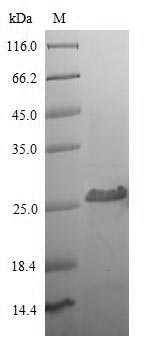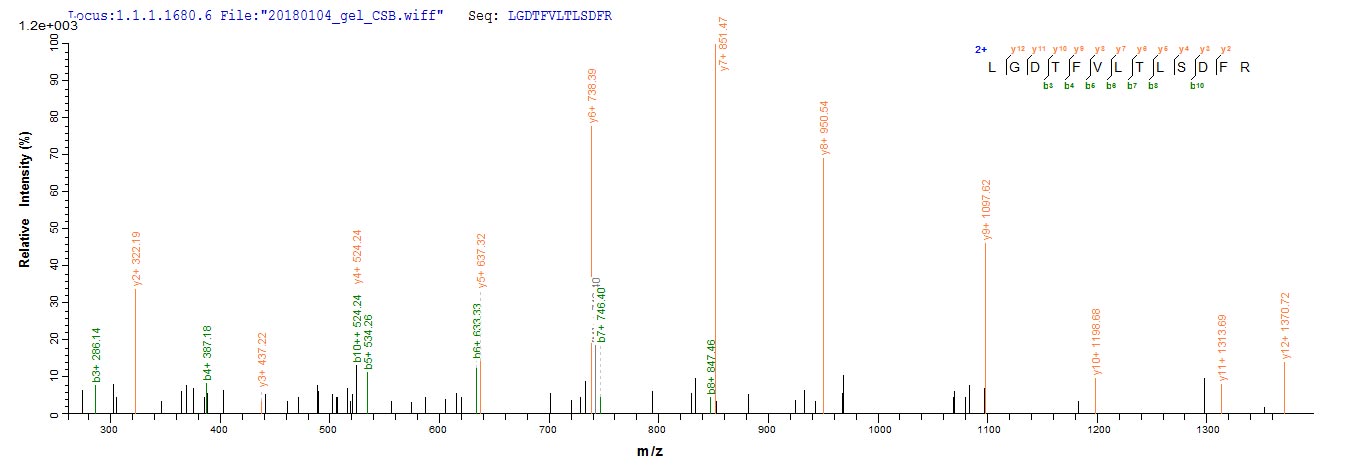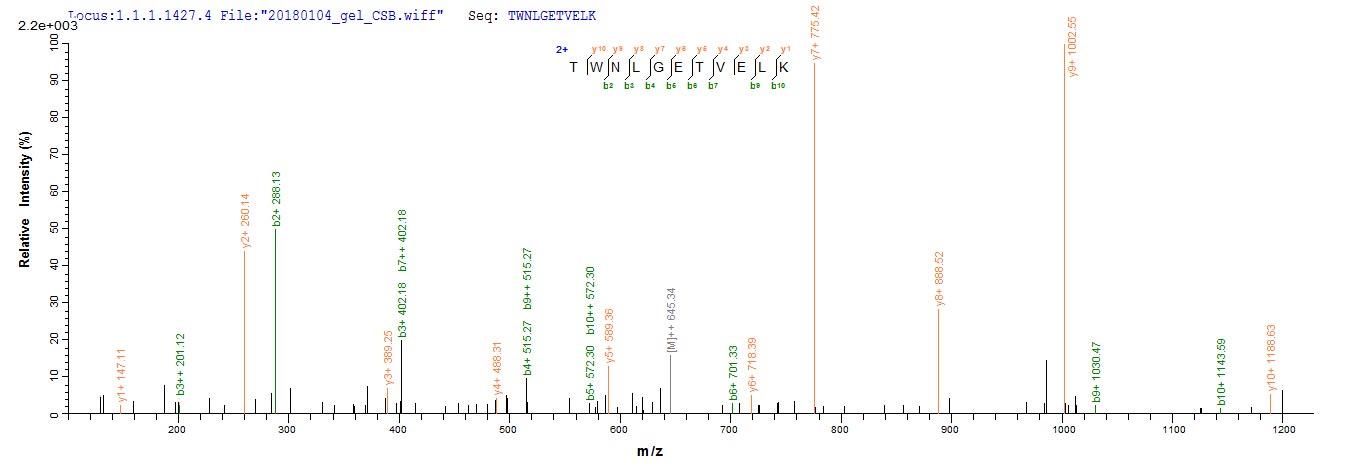The production of this Recombinant Human CD8A protein required the insertion of a DNA fragment (CD8A, 22-182aa) into a plasmid vector and the transferral of this vector into Mammalian cell cells (the step of transformation). The cells were then cultured and induced to express the CD8A protein. This recombinant protein was fused with N-terminal 6xHis tag. Its purity is 90%+ determined by SDS-PAGE.
CD8A(also called MAL) is a gene encoding a protein named T-cell surface glycoprotein CD8 alpha chain (also known as T-lymphocyte differentiation antigen T8/Leu-2 or CD8a) in human. CD8a protein can form homodimers and heterodimers with CD8a and CD8β, respectively. Both homodimers and heterodimers are CD8 protein, which is a co-receptor for T cell receptor when it interacts with MHC class I–peptide complex. the CD8a is required for expression of both dimers on the cell surface. Emerging evidence has revealed that CD8A gene is involved in coronavirus biology, and is relevant to COVID-19 prognosis.






